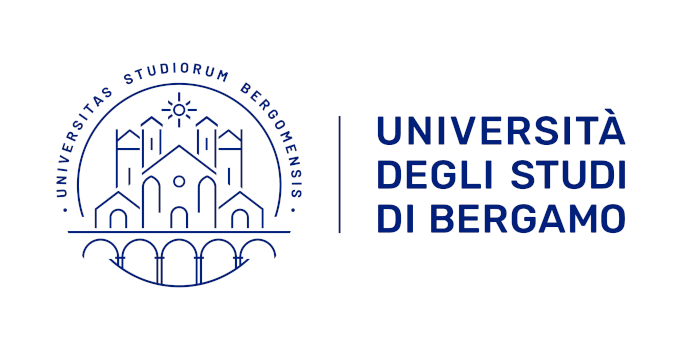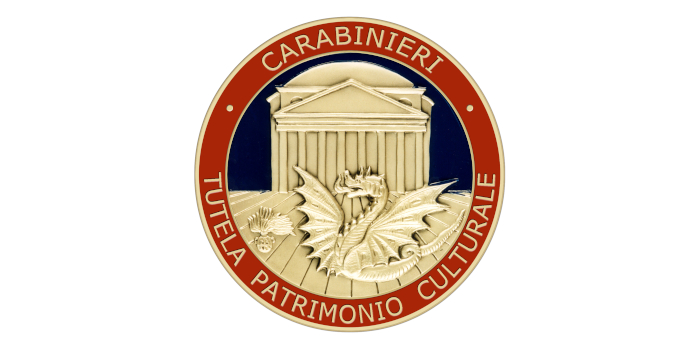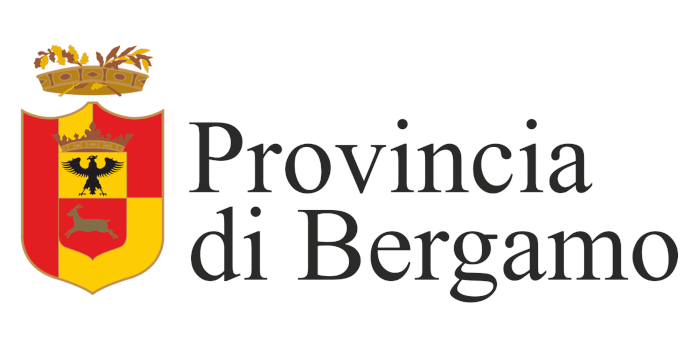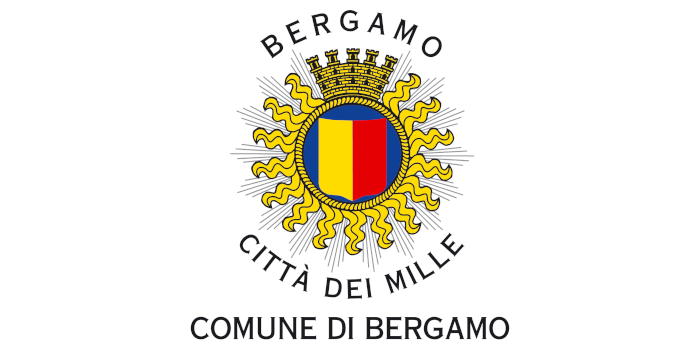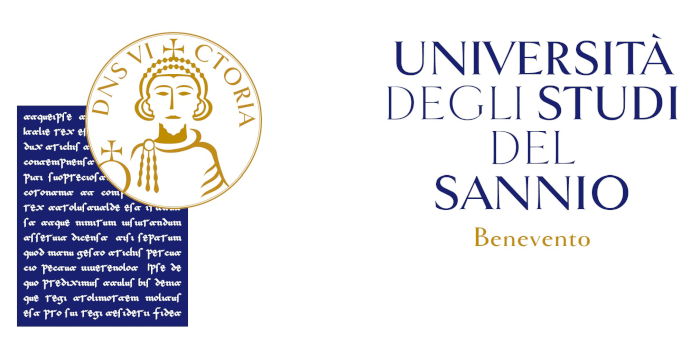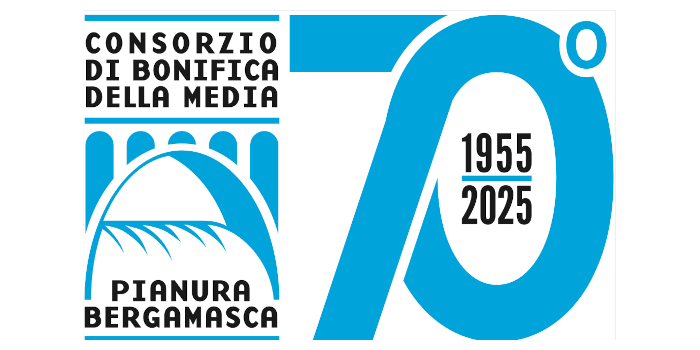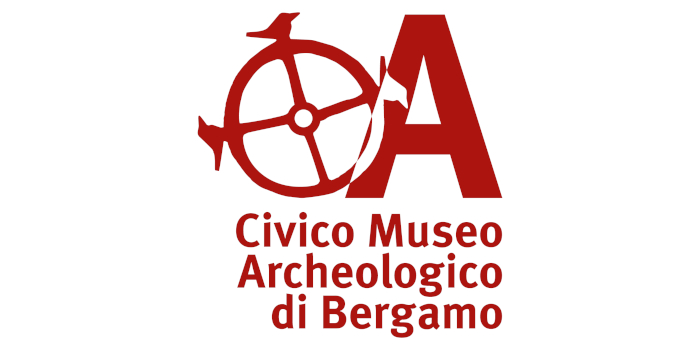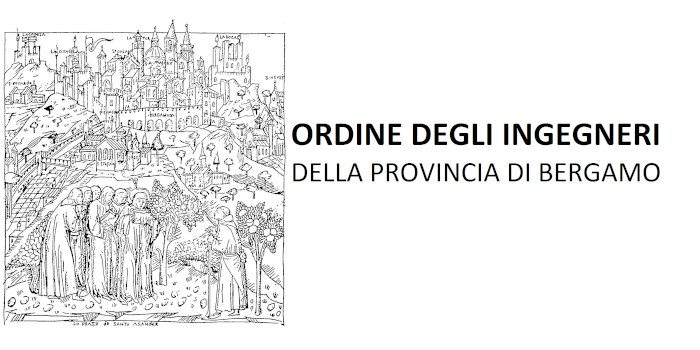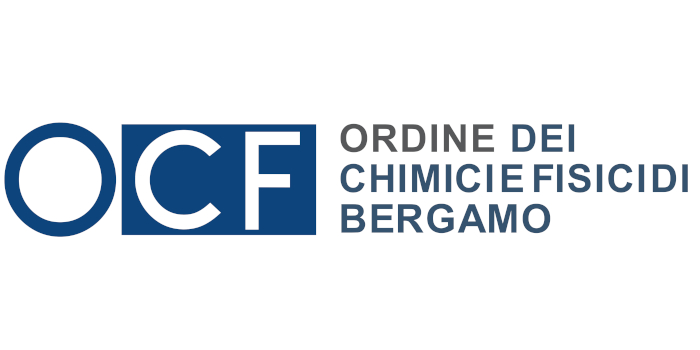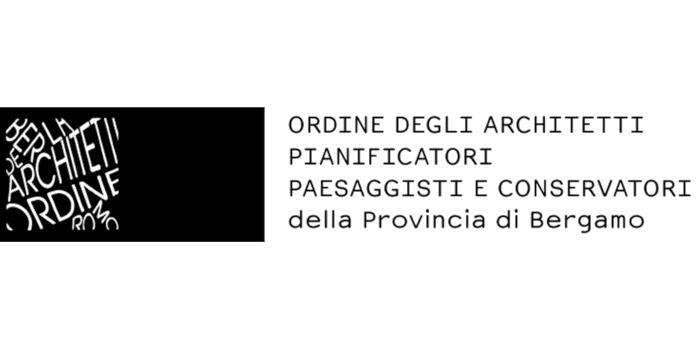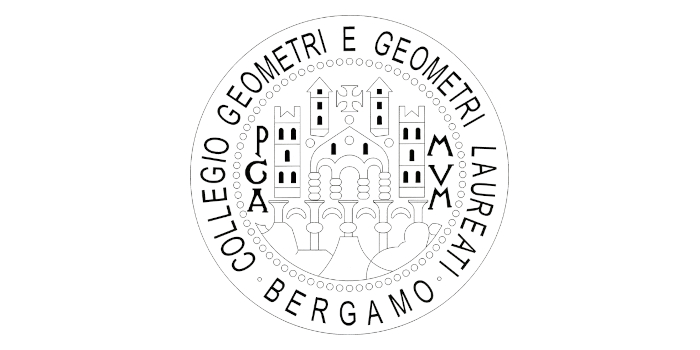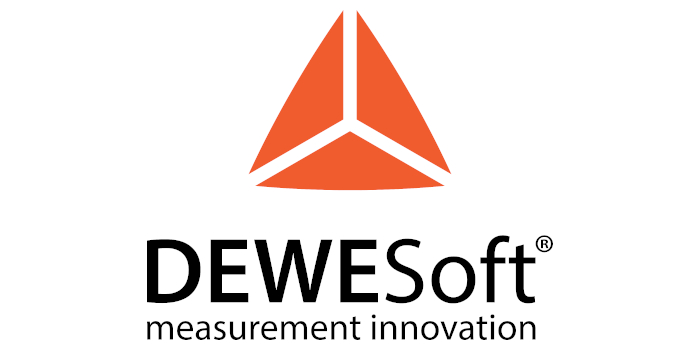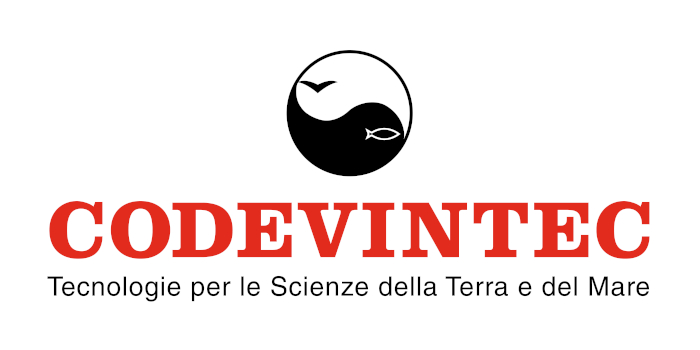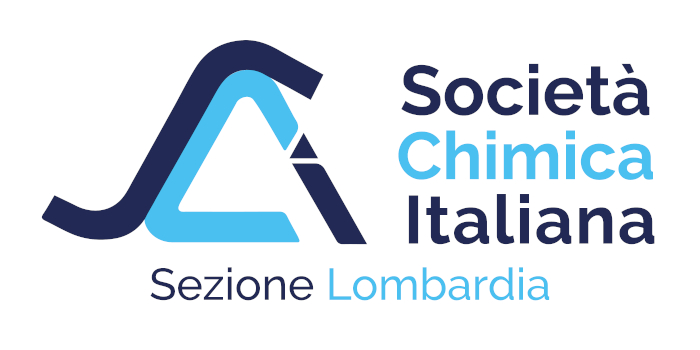KEYNOTE
The history of the Bergamo irrigation ditches
Dr Mario Reduzzi
Consorzio di Bonifica della Media Pianura Bergamasca
ABSTRACT
The intervention traces the multi-millennial history of Bergamo irrigation from the oldest testimonies to the present. For centuries, the Bergamo area has been crossed by many irrigation ditches, also known in the past as seriole, of different sizes and importance, which characterize the territory both from an urban, historical and naturalistic point of view. The first findings relating to irrigation ditches in Bergamo date back to the time of Rome.In the medieval period (in particular in the era of the Municipalities after the passage of water rights from Emperor Frederick Barbarossa to the cities), there was a very strong development of the irrigation ditches that saw the construction of important canals, such as the Morlana and the Serio.Especially in this period the irrigation ditches also marked the development of inhabited centers, in particular of the city of Bergamo: for example, along the Serio canal was traced a large part of the fourteenth-century fortifications, called Muraine.In the last decades of the Middle Ages, the second half of the 1400s, thanks to the work of the famous leader Bartolomeo Colleoni, new irrigation ditches were traced (such as t Curna, Colleonesca, Borgogna) and others were improved (such as Morlana, Martinenga), going to greatly expand the territory touched by this type of large irrigation. The development of the network of irrigation ditches in Bergamo has never ceased even in the following period, from the Republic of Venice to the unification of Italy (fifteenth-nineteenth century), albeit to a lesser extent. This wealth of water has allowed both agricultural development and proto-industrial and industrial development, given that for centuries, until the 1800s, the main driving force for machinery was the water brought by the irrigation ditches. Also for this reason, a new strong development of irrigation and the creation or improvement of more or less large irrigation ditches took place in the 1800s and 1900s, in the era of industrialization and agrarian improvement. In 1955, with the birth of the Consorzio di Bonifica della Media Pianura Bergamasca, we entered the contemporary era that has brought strong innovation to the sector and acts for the present and future of irrigation and for the management of the territory. The Bergamo irrigation ditches constitute an important historical, economic and environmental heritage for the community, with roots in the distant past, but projected towards the future.
SPEAKER BIOGRAPHY
- Mario Reduzzi, Bergamo, 13 July 1960;
- Degree in economics and business in 1984;
- Foreign degree in engineering in 2002;
- Expert in public administration, economics, public works, budget auditing, public and private accounting, land reclamation and irrigation, territorial planning, hydraulic and agricultural engineering, journalism and communication;
- Registered with the national order of journalists since 1982;
- Auditor registered with the national association since 1985;
- Member of the regional union of engineers of Cotè d'Azur France since 2002;
- Administrative director and secretary of the administrative bodies of the Consorzio di Bonifica della Media Pianura Bergamasca since 1987;
- General Manager of the Consorzio di Bonifica since 2000;
- Auditor at the Consorzio dell’Adda four-year period 2023-2026;
- General Manager of the A.N.B.I. Lombardia (Associazione Nazionale Bonifiche Irrigazioni Miglioramenti Fondiari) from 2024;
- Councilor of the A.N.B.I. Nationale from 2025.



